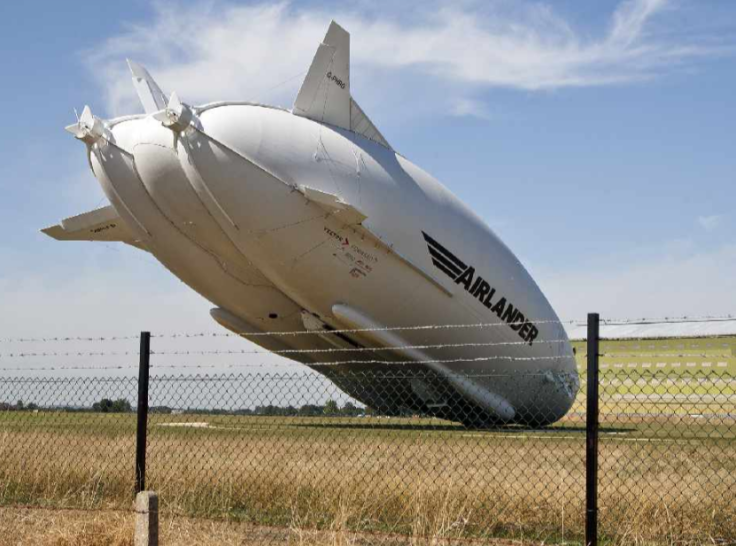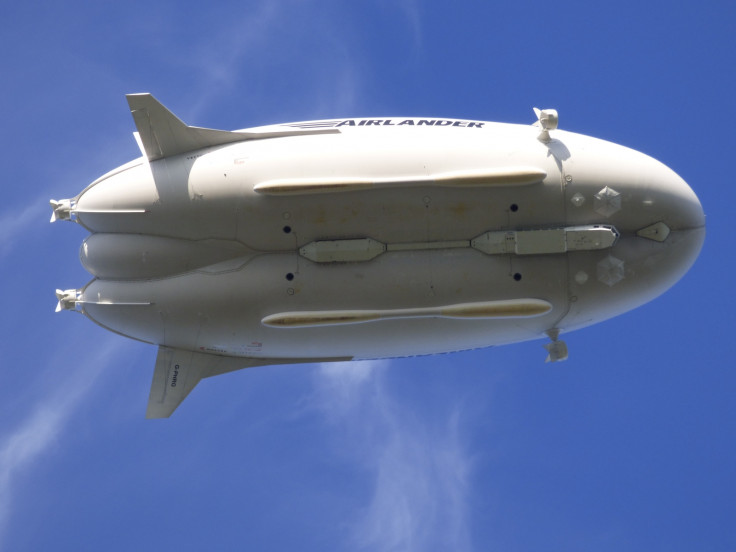Airlander 10: World's largest aircraft returns to the skies after 2016 crash-landing
Airbus-dwarfing airship could be taking you on holiday by 2021.
The largest aircraft in the world has returned to the skies for the first time since a failed test flight in 2016 saw it crashing out of the skies. The 92-metre long Airlander 10 spent three hours in the air after taking off from its base in Bedfordshire, England on 10 May, marking the third time the airship has flown.
"It was truly amazing to be back in the air. I loved every minute of the flight and the Airlander itself handled superbly. I am eager to get back into the cockpit and take her flying again," said Chief Test Pilot, Dave Burns.
The last time the Airlander 10 flew things didn't go quite so smoothly, ending with the massive helium-filled airship making a spectacular nosedive into a field shortly after take-off after striking a telegraph pole. Fortunately, nobody was injured in the crash.
Since then, the Airlander 10 has received a number of upgrades, including a new auxiliary landing system allowing the aircraft to land safely at a greater range of angles.

The Airlander 10, which has been given the unfortunate nickname of 'Flying Bum' due to its posterior-esque shape, is roughly the size of a football field and can fly at altitudes of up to 20,000ft.
Designed by UK company Hybrid Air Vehicles (HAV), the craft can carry payloads of up to 10 tonnes and could fly 48 passengers between London to Paris in as little as 2.5 hours.

Each test flight has sought to take the Airlander 10 further away from its base in Bedfordshire. While three hours is the current record, HAV claims the airship is capable of staying airborne for as long as five days.
The low-noise, low-pollution craft is being considered for a number of aviation roles, from transport, tourism and observation to security, coast-guarding and border control.

HAV hopes that its Airlander craft, which will cost around £25m (€29.4m) each to build, will become a common sight in British skies by the year 2021. The now plans for more frequent test flights, taking place every one or two weeks.
The next few flights will be more frequent, taking place be least a week or two apart in order to give HAV for a full analysis of the data collected on the flight.

© Copyright IBTimes 2025. All rights reserved.






















